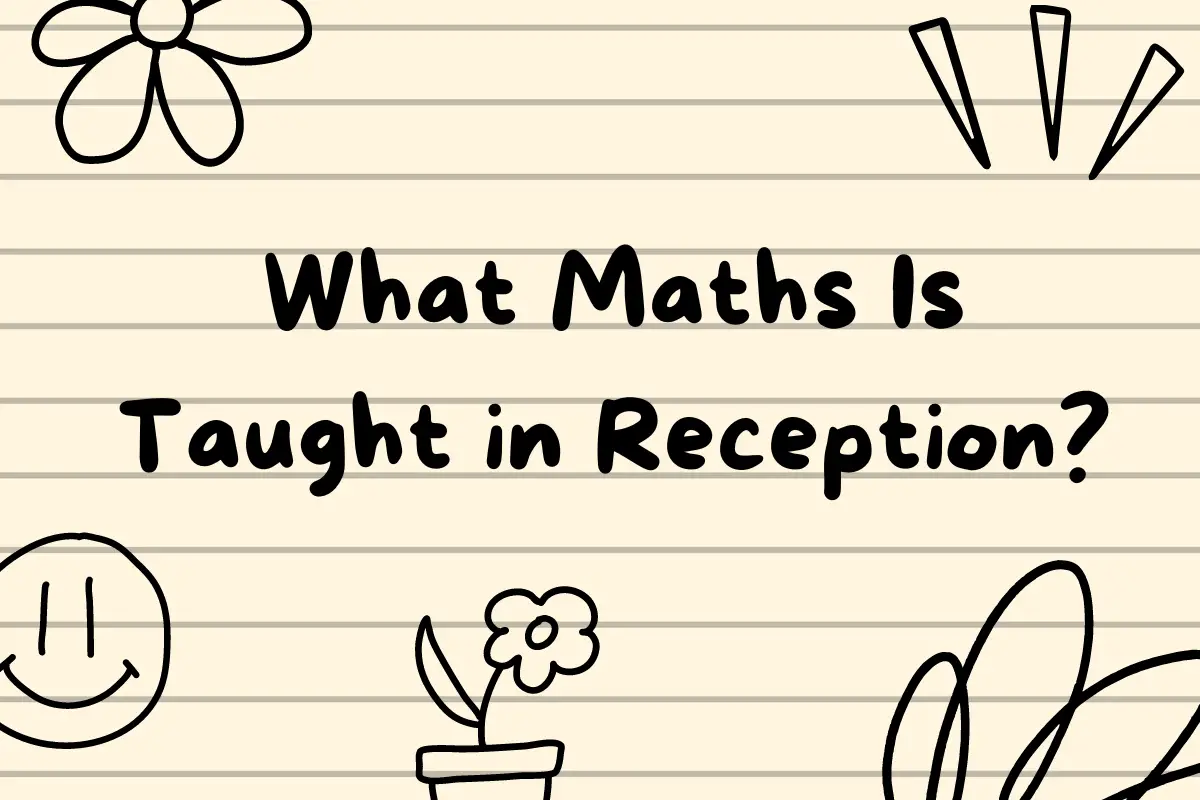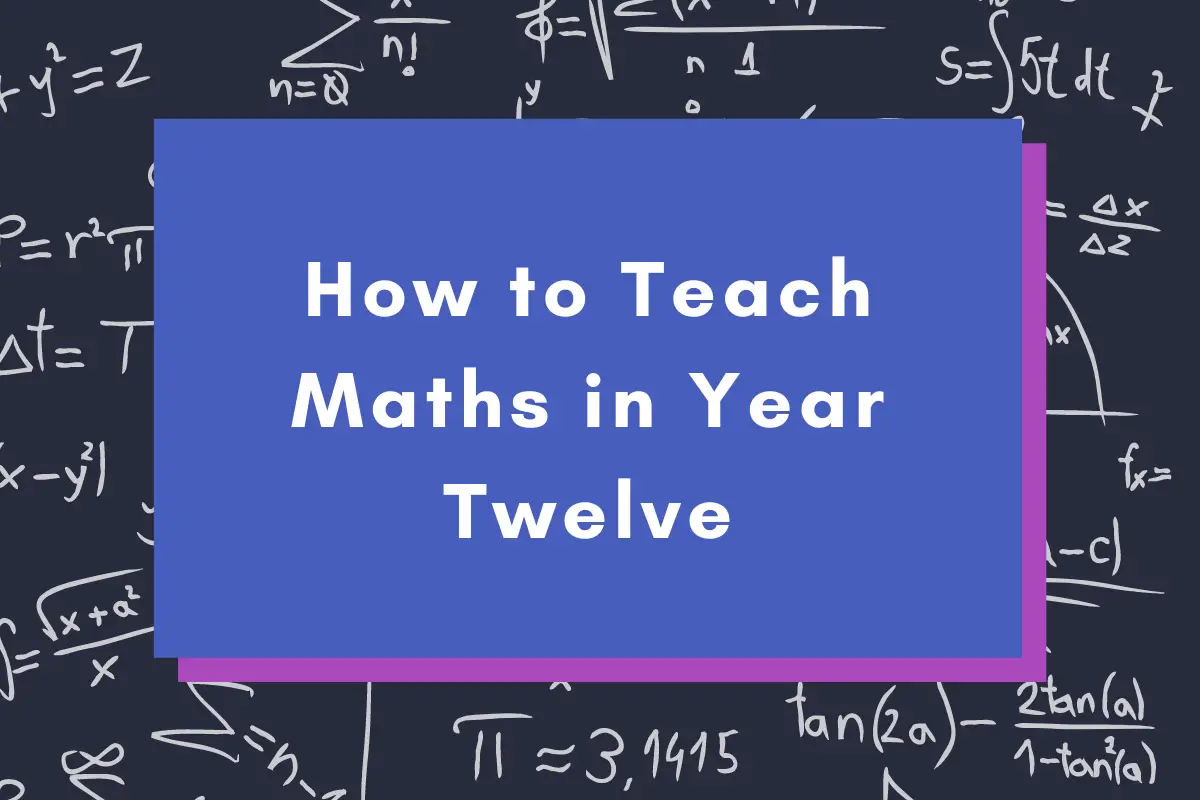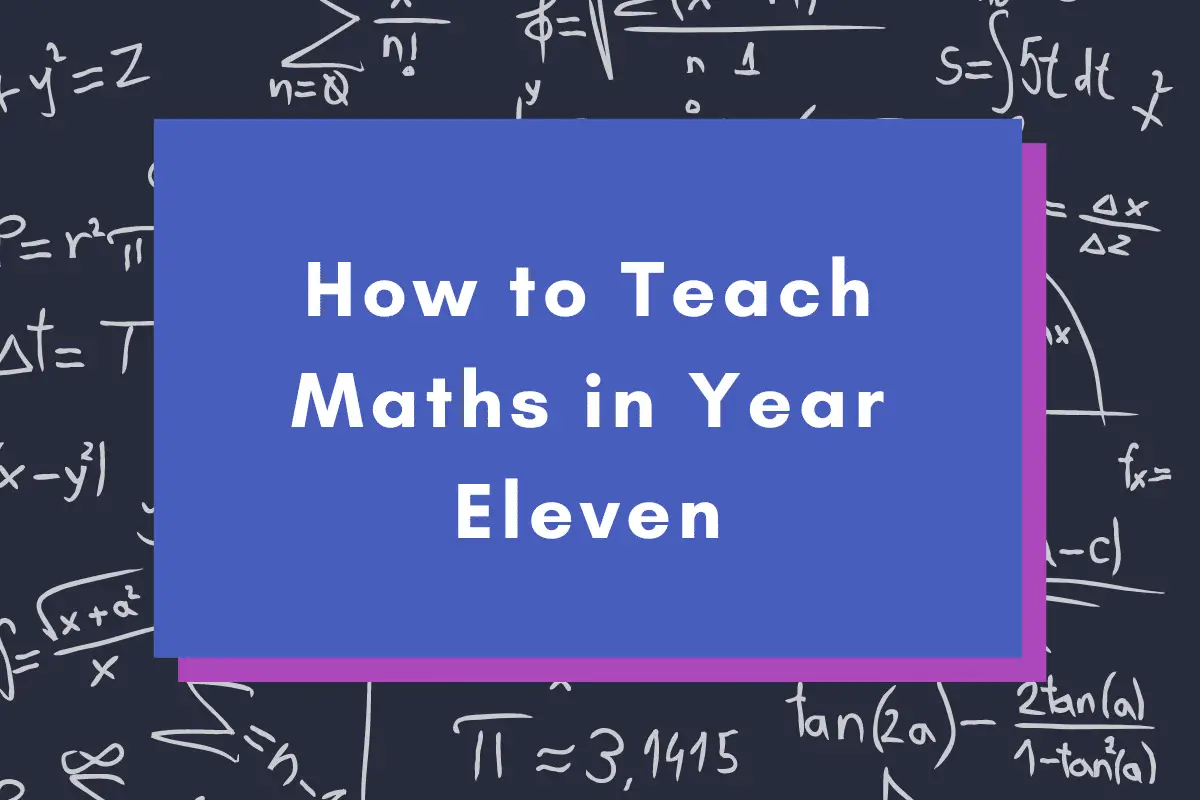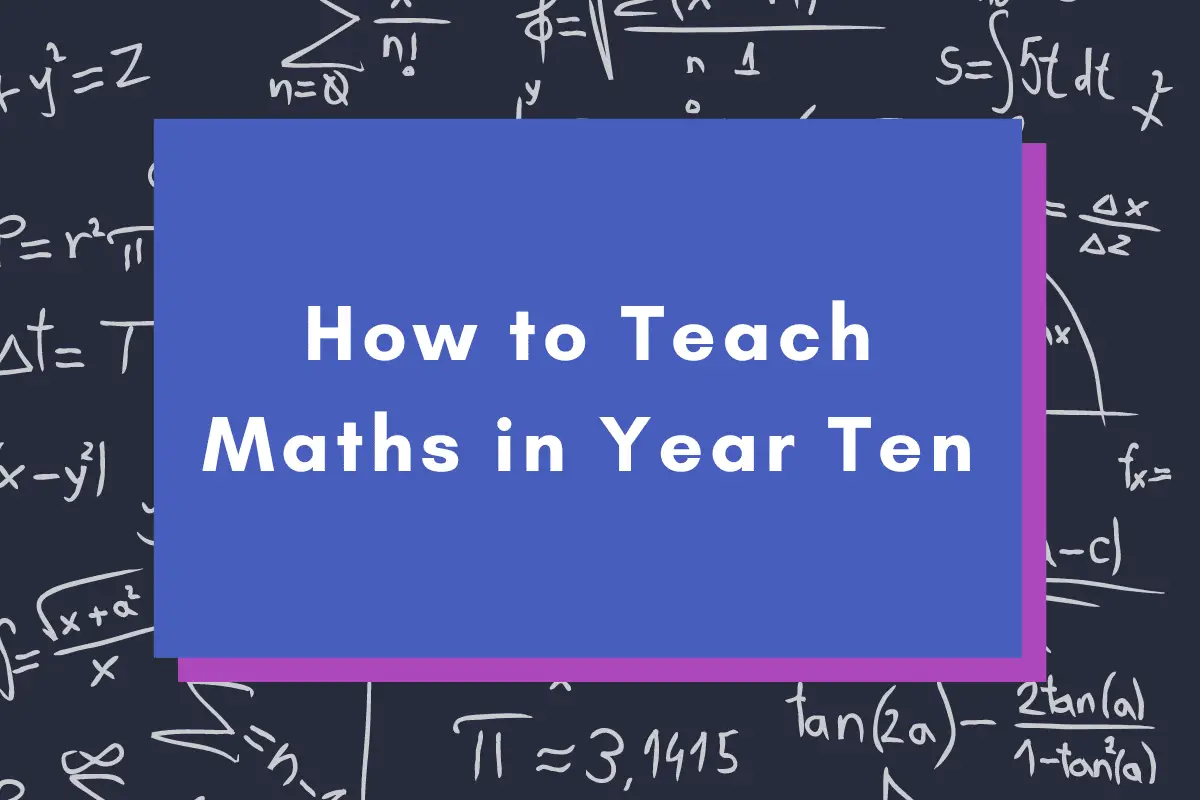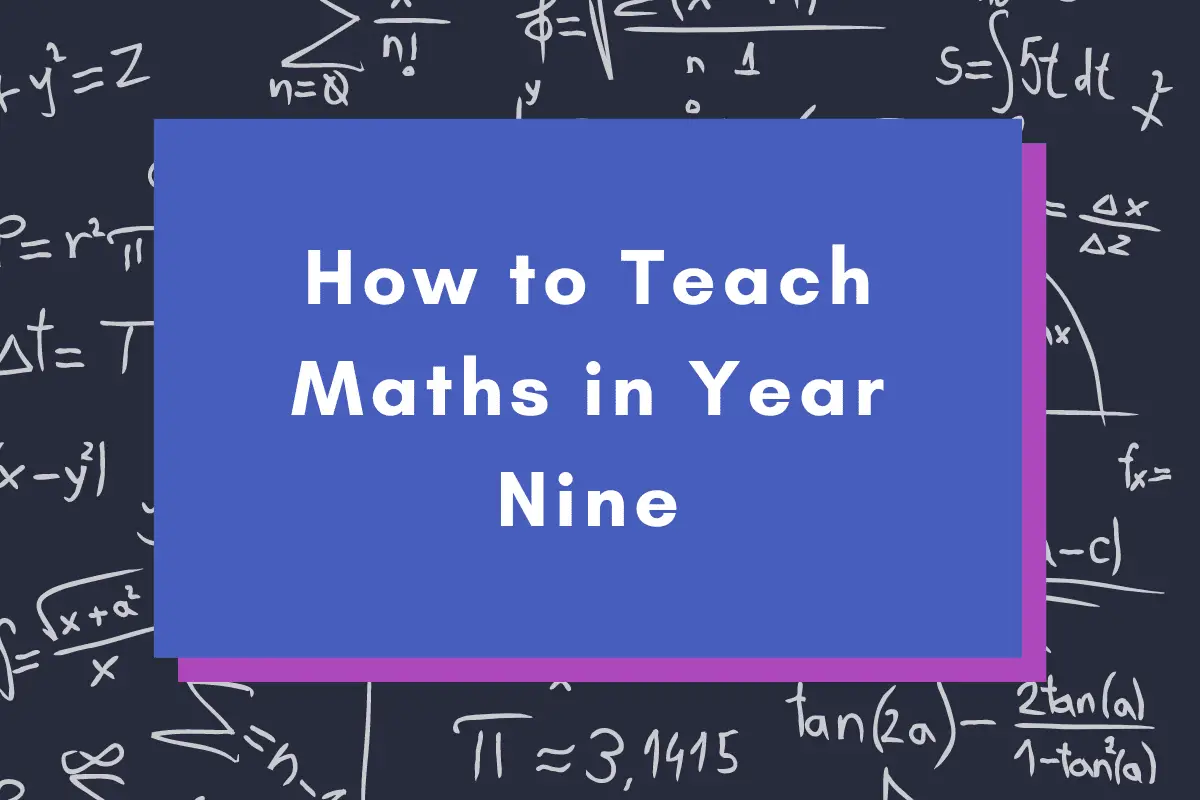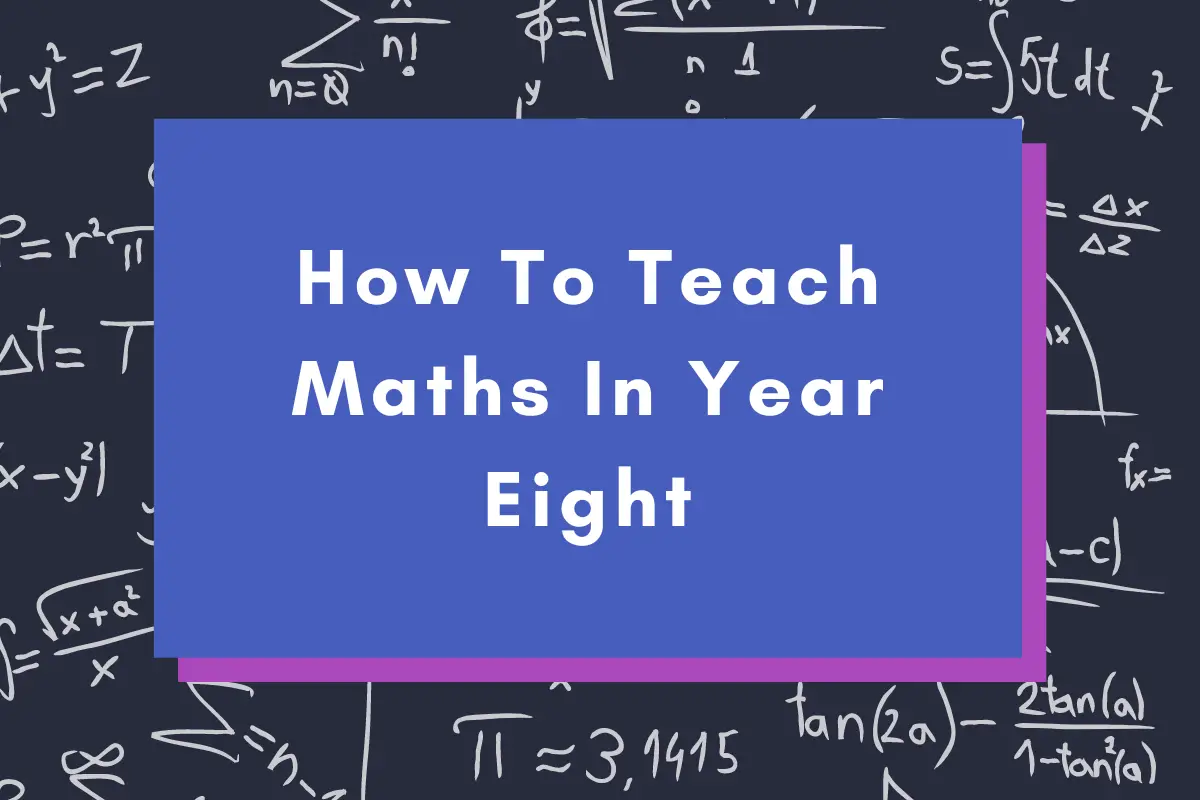Are you curious about what mathematical concepts your third grader will be learning this year? As children progress through their educational journey, the math skills they acquire become increasingly complex and essential for their overall academic success.
In this article, we will explore the fascinating world of third-grade math, delving into the key topics and concepts that students will be introduced to and how these skills lay the groundwork for future learning. So, buckle up and get ready to uncover the exciting world of numbers, shapes, and problem-solving that awaits your third-grade learner!
Overview Of Third-Grade Math Curriculum And Topics Covered
The third-grade math curriculum is designed to build on the foundational skills acquired in the first two grades and prepare students for more complex mathematical concepts. The focus is on developing problem-solving skills, logical reasoning, and a deeper understanding of number sense. This article overviews the key topics covered in a third-grade math curriculum.
1. Place Value and Number Sense
Third graders continue to develop their understanding of place value, working with larger numbers up to the thousands. They learn to read, write, and represent numbers in various forms, such as standard, expanded, and word forms. They also compare and order numbers using symbols like greater than (>) and less than (<).
2. Addition and Subtraction
Third-grade students further their addition and subtraction skills by working with multi-digit numbers. They learn various strategies to solve problems, including regrouping and decomposing numbers. Mental math strategies are emphasized, helping students become more efficient and confident in their calculations.
3. Multiplication and Division
One of the most significant milestones in third-grade math is the introduction of multiplication and division. Students learn the basic facts for multiplication tables (up to 10×10) and explore different strategies for solving multiplication and division problems, such as arrays, skip counting, and repeated addition or subtraction.
They also learn about the relationship between multiplication and division and the properties of these operations (commutative, associative, and distributive).
4. Fractions
In third grade, students are introduced to the concept of fractions, focusing on understanding parts of a whole. They learn to represent fractions using models, number lines, and symbols.
They also compare and order simple fractions and find equivalent fractions. Basic fraction operations are also introduced, such as adding and subtracting fractions with the same denominator.
5. Geometry
Geometry in third grade revolves around understanding and classifying two-dimensional shapes based on their attributes, such as the number of sides, angles, and symmetry. Students also explore concepts like area, perimeter, and lines of symmetry. They learn to use various tools, such as rulers and protractors, to measure and draw shapes accurately.
6. Measurement
Third-grade students expand their knowledge of measurement by learning about units of length, weight, and capacity in both the metric and customary systems. They practice estimating and measuring using appropriate units and tools. Students also learn about time, including reading clocks, elapsed time, and calendar concepts.
7. Data Analysis
Third-grade data analysis involves collecting, organizing, and interpreting data using various graphical representations, such as bar graphs, pictographs, and line plots. Students learn to ask and answer questions about the data and make predictions and comparisons based on their findings.
Explanation Of Basic Math
Addition
Addition is the process of combining two or more numbers to get a bigger number. It’s like when you have some cookies and your friend gives you more cookies – you end up with more cookies than you had before!
For example, let’s say you have 3 apples and your friend gives you 2 more apples. To find out how many apples you have in total, you’ll add the numbers 3 and 2:
3 + 2 = 5
Now you know that you have 5 apples altogether!
Subtraction
Subtraction is the opposite of addition. It’s when you take away some amount from a bigger number. Imagine you have 7 candies and you eat 2 of them. You can use subtraction to find out how many candies you have left.
Here’s how you would do it:
7 – 2 = 5
So, after eating 2 candies, you still have 5 candies left.
Multiplication
Multiplication is a shortcut for adding the same number multiple times. For example, if you have 4 groups of 3 cookies each, instead of adding 3 + 3 + 3 + 3, you can multiply 4 by 3:
4 x 3 = 12
This tells you that you have 12 cookies in total.
Division
Division is the process of splitting a number into equal parts. It’s the opposite of multiplication. Let’s say you have 15 stickers and you want to share them equally with your two friends. You can use division to find out how many stickers each person will get.
Here’s how you do it:
15 ÷ 3 = 5
So, each person will get 5 stickers.
Fractions and Decimals in Everyday Life
In third grade math, students are introduced to fractions and decimals. These mathematical tools play a significant role in our day-to-day lives, helping us make sense of various situations and solve problems.
Fractions
Fractions are a way of representing parts of a whole. They consist of a numerator (the number above the fraction bar) and a denominator (the number below the fraction bar). For example, in the fraction 3/4, 3 is the numerator and 4 is the denominator. This means that we have three parts out of a total of four equal parts.
Fractions in Everyday Life
- Cooking and Baking: Recipes often require measurements in fractions, such as 1/2 cup of sugar or 3/4 teaspoon of salt. Understanding fractions helps children follow recipes accurately and develop their cooking skills.
- Time Management: Fractions can be used to represent time intervals, like half an hour (1/2) or a quarter of an hour (1/4). This helps children plan their day and allocate time to different activities.
- Money: Children encounter fractions when dealing with money, such as calculating discounts, determining tax rates, or splitting a bill among friends.
- Art and Design: Fractions are used in art and design to create patterns, divide spaces, and determine proportions.
Decimals
Decimals represent parts of a whole, with the decimal point separating the whole number part from the fractional part. For example, in the decimal 0.75, there are 7 tenths and 5 hundredths, which is equivalent to the fraction 3/4.
Decimals in Everyday Life
- Measurement: Decimals are widely used in various measurements, such as weight, length, temperature, and more. Understanding decimals helps children accurately read and interpret measurements in their daily lives.
- Money: Decimals are also used to represent money, with the decimal point separating dollars and cents. This helps children manage their money and make informed financial decisions.
- Calculators and Computers: Decimals are the standard format for mathematical calculations in calculators and computers. Familiarity with decimals allows children to use these tools effectively.
- Percentages: Decimals are closely related to percentages, which are used to compare quantities, express growth or decline, and evaluate performance. Learning about decimals helps children understand and work with percentages.
Fractions and decimals are essential mathematical concepts that are vital in our everyday lives. By learning about these tools in third grade math, children develop critical thinking skills and a strong foundation for more advanced mathematical concepts.
This early exposure to fractions and decimals prepares them for future academic success and enables them to easily navigate various daily situations.
Explanation Of Basic Geometry Principles, Shapes, and Measurements
Geometry is a branch of mathematics that deals with shapes, sizes, positions, and properties of objects. In third grade, students are introduced to the basic concepts of geometry, including principles related to shapes and measurements. Let’s explore the key concepts students learn in third grade geometry.
1. Points, Lines, and Line Segments
- Point: A point represents a location in space. It has no size, only a position. We usually represent points with a dot and label them with capital letters, such as A, B, or C.
- Line: A line is a straight path that extends infinitely in both directions. We use arrows on both ends to show that it goes on forever. Lines are usually named using lowercase letters, such as “l” or “m,” or by two points on the line, like AB with arrows above the letters.
- Line Segment: A line segment is a part of a line that has two endpoints. It has a definite length and does not extend infinitely. We represent line segments with a line between the endpoints, like AB.
2. Angles
An angle is formed when two rays or line segments meet at a common point, called the vertex. Angles are measured in degrees (°). There are three main types of angles:
- Acute Angle: An angle measuring less than 90°.
- Right Angle: An angle measuring exactly 90°. Right angles form square corners, like those in a square or rectangle.
- Obtuse Angle: An angle measuring more than 90° but less than 180°.
3. Basic Shapes
In third grade, students learn about several basic shapes, including:
- Circle: A round shape with all points equidistant from the center.
- Triangle: A three-sided polygon with three angles. Triangles can be classified by their sides (equilateral, isosceles, or scalene) or by their angles (acute, right, or obtuse).
- Quadrilaterals: Four-sided polygons, including squares, rectangles, parallelograms, rhombuses, and trapezoids. Each type of quadrilateral has specific properties related to their sides, angles, and diagonals.
4. Perimeter and Area
Perimeter and area are two important measurements in geometry.
- Perimeter: The distance around a shape. To find the perimeter of a shape, you add up the lengths of all its sides. For example, the perimeter of a rectangle is found by adding twice the length and twice the width (P = 2l + 2w).
- Area: The amount of space inside a shape. The area of a shape is measured in square units. For example, the area of a rectangle is found by multiplying its length by its width (A = l × w).
Third-grade students build a strong foundation for more advanced geometry concepts in later grades by learning these basic geometry principles, shapes, and measurements.
Exploration Of Complex Problem Solving Techniques
Third grade math is a crucial stage in a child’s educational journey, as it bridges basic arithmetic and more advanced mathematical concepts. One key focus in third grade math is the exploration of complex problem-solving techniques, such as critical thinking. This approach enhances a child’s understanding of mathematics and lays the foundation for success in future academic pursuits.
The Importance of Critical Thinking in Third Grade Math
Critical thinking is an essential skill that enables students to analyze, interpret, and evaluate information in order to make well-informed decisions. In third grade math, fostering critical thinking skills helps children develop a deeper understanding of mathematical concepts and become more effective problem solvers.
Third-grade teachers introduce complex problem-solving techniques to encourage students to approach math problems from different angles, consider multiple solutions, and develop logical reasoning skills. This process equips students with the tools they need to tackle increasingly challenging mathematical tasks as they progress through their education.
Examples of Complex Problem Solving Techniques in Third Grade Math
Several complex problem-solving techniques can be incorporated into third-grade math lessons to promote critical thinking. Some examples include:
- Word Problems: Word problems require students to apply their mathematical knowledge to real-life situations. By working through these problems, students learn to identify relevant information, translate words into mathematical expressions, and use critical thinking skills to find a solution.
- Pattern Recognition: Identifying patterns and relationships in numbers and shapes helps students develop their analytical skills. Third graders can explore patterns in multiplication tables, sequences, and geometric figures, allowing them to make connections and predictions about future terms or elements.
- Logical Reasoning Tasks: Activities such as puzzles, riddles, and logic games encourage students to think critically and systematically. These tasks help students develop their ability to analyze situations, deduce information, and draw conclusions based on the evidence provided.
- Estimation and Approximation: Teaching students to estimate and approximate quantities and measurements helps them develop a sense of numbers’ relative sizes and fosters their ability to make reasonable guesses. This skill is crucial for solving complex problems, as it allows students to evaluate the reasonableness of their solutions.
The Long-Term Benefits of Fostering Critical Thinking in Third Grade Math
By emphasizing complex problem-solving techniques and critical thinking in third-grade math, educators are setting students up for long-term success. These skills contribute to a deeper understanding of mathematics and improve students’ overall cognitive abilities.
As students progress through their academic careers, they will be better equipped to tackle advanced mathematical concepts, excel in other subjects, and navigate real-world challenges. Moreover, strong critical thinking skills foster lifelong learning and adaptability, preparing students for the ever-evolving workforce demands.
Overview Of Standard Tools Used To Teach Third-Grade Math
Teaching third-grade math skills requires various tools and resources to cater to different learning styles and ensure a comprehensive understanding of the concepts being taught. The most commonly used tools for teaching third-grade math include calculators, worksheets, and flashcards. Each tool serves a specific purpose and contributes to a well-rounded learning experience.
Calculators
Calculators are valuable tools that can help third-grade students check their work and develop a deeper understanding of mathematical operations. By using calculators, students can verify the accuracy of their calculations, which reinforces their understanding of arithmetic processes and builds their confidence in their abilities.
It is important to note that calculators should be used as supplementary tools and not as a substitute for learning basic arithmetic skills. Teachers should ensure that students first master the concepts manually before introducing calculators to avoid over-reliance on technology.
Worksheets
Worksheets are versatile teaching tools that allow students to practice and reinforce their math skills. They can be tailored to cover various topics, such as addition, subtraction, multiplication, division, fractions, and geometry. Worksheets often include a mix of problems, including word problems and computation exercises, to help students apply their knowledge in different contexts.
Teachers can use worksheets as part of classroom instruction, homework assignments, or assessment tools to gauge students’ progress and understanding of the material. Worksheets can also be differentiated to accommodate varying skill levels and learning needs within a classroom.
Flashcards
Flashcards are an effective and time-tested tool for teaching third-grade math skills. They are particularly useful for helping students memorize basic math facts, such as multiplication tables, and for reinforcing newly learned concepts.
Flashcards can be used in various ways, including individual practice, peer-to-peer learning, and engaging group activities. Teachers can incorporate flashcards into the classroom by creating games and challenges that encourage students to recall and apply their math knowledge in a fun and interactive manner.
Additional Teaching Tools
While calculators, worksheets, and flashcards are standard tools for teaching third-grade math skills, many other resources are available to enhance the learning experience. Some of these include:
- Manipulatives: Concrete objects, such as base-ten blocks, fraction bars, and geometric shapes, can help students visualize math concepts and develop a deeper understanding of the material.
- Interactive Whiteboards: These digital tools allow teachers to display and manipulate mathematical concepts on a large screen, making it easier for students to follow along and engage with the material.
- Online Math Games and Apps: Educational games and apps can help make learning math more enjoyable and accessible for third-grade students by presenting concepts in an interactive and engaging format.
In summary, a combination of standard tools like calculators, worksheets, and flashcards, along with additional resources, can effectively teach third-grade math skills. By incorporating various teaching methods and tools, educators can create a dynamic and inclusive learning environment that addresses the diverse needs of their students.
FAQ
1. What topics are usually covered in third grade Math?
Third grade Math typically includes topics such as multiplication and division, fractions, measurement, geometry, and word problems. Students will learn to multiply and divide within 100, understand the concept of fractions, measure lengths using standard units, identify shapes and their properties, and solve two-step word problems.
2. How can I help my child succeed in third grade Math?
To help your child succeed in third grade Math, practice with them regularly, provide a variety of resources, and encourage a positive attitude towards learning. Use flashcards, online games, and worksheets to reinforce concepts. Encourage your child to ask questions and seek help when needed. Provide real-life examples to make math more relatable and engaging.
3. What are some key skills my child should develop in third grade Math?
Some key skills your child should develop in third grade Math include:
Mastery of basic multiplication and division facts
Understanding fractions and their equivalents
Telling time and understanding elapsed time
Measuring length, weight, and capacity using standard units
Solving multi-step word problems
Identifying and classifying geometric shapes

